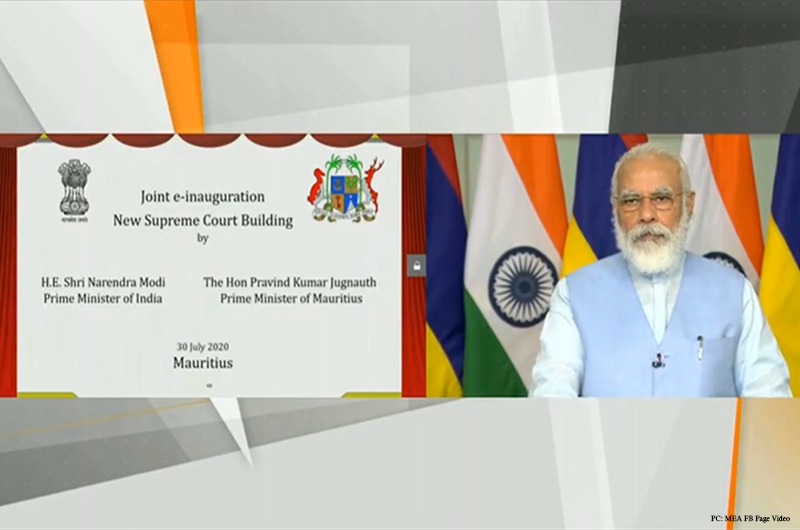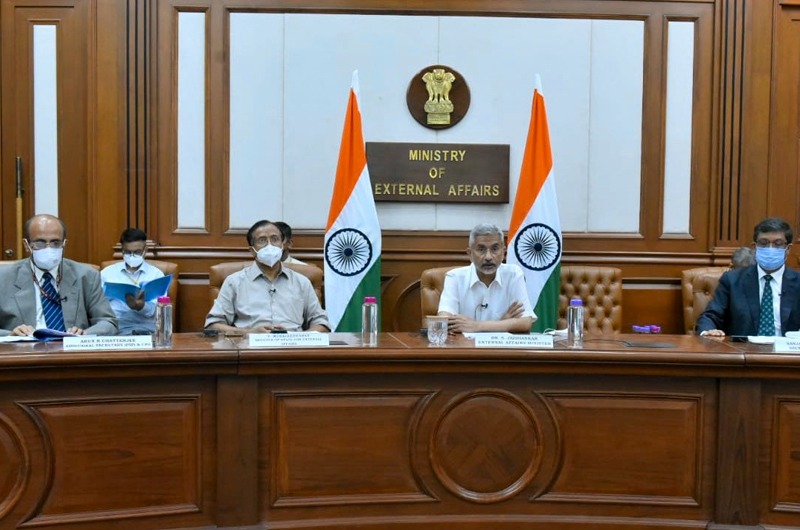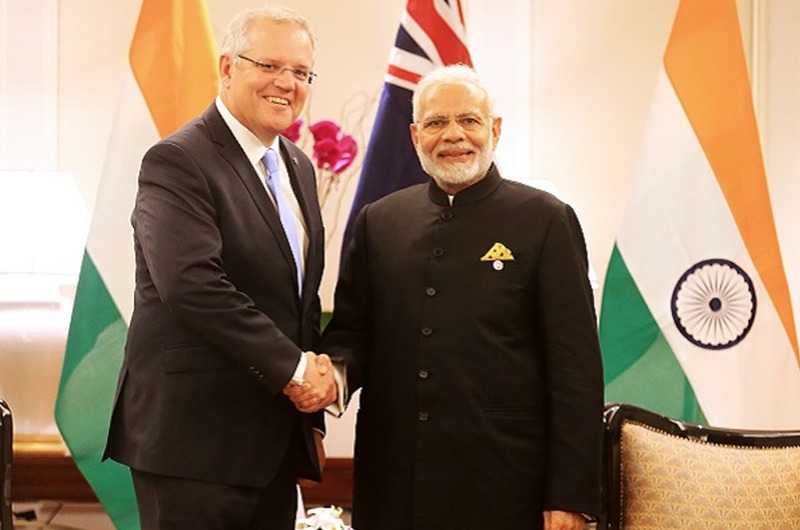
India-Mexico, albeit on opposite sides of the world, (India lying in the eastern hemisphere and Mexico in the western) have a lot in common. The geography, climatic conditions and respect for culture are some of the common points that citizens of both countries share.
Apart from this, the two nations have been historically connected as well. Legend has it that an Indian royal named Meera landed in Mexico during the 17th century and is popularly known as La China Poblana there. Mexican wheat hybrids were considered to be the backbone of India’s Green Revolution.
The writings of Nobel-laureate and Indophile Octavio Paz, who was Mexican Ambassador to India in the sixties, on his long experiences in India have had a profound impact in Mexico. The two countries go back a long way
even in terms of diplomatic ties.
Mexico and India are historically bonded and tied together through multilateralism. Mexico was the first Latin country to recognise India as an independent nation and diplomacy between them began in 1950 and has come a long way subsequently. Though the two countries have had differences on issues like on expansion of the permanent membership of the UNSC, climate and non-proliferation, they have always shared a warm and friendly relation.
Evidence to the warmth is the rise in tourism among the two nations which has seen a steady rise from 15,000 to 30,000 tourists annually. Also, the Gurudev Tagore Indian Cultural Centre has been functioning in Mexico since October 2010, teaching Yoga, classical and Bollywood dances, sitar, tabla and Hindi and Sanskrit.
Economic Ties
According to the Inter-American Investment Corporation (IIC), Mexican investment in India totalled $ 800 million dollars, while Indian investments in that country were about $2 billion. Trade between the two countries has seen a rise over the years with India being the third largest importer of crude oil from Mexico. A lot of Indian companies – chemical, pharmaceutical, etc – while keeping in mind Mexico’s strategic location, have invested in the nation. On the other hand, Mexican firms have started to invest in India and trade between the two countries is likely to touch $10 billion.
Bilateral agreements like investment promotion and protection, double taxation avoidance, extradition and others have proven to be instrumental in promotion of trade between the two countries. To further enhance cooperation, there have been numerous bilateral visits over the years from the premiers of both countries. In what can be seen as evidence of the growing relations between the two countries, Indian exports to Mexico rose by a staggering 33 percent in 2011 alone.
Political and Bilateral Cooperation
Both nations have almost always worked closely as members of the UN, G-15 and G-6 during the Cold War period and have been at the forefront to raise voices for developing nations during the Uruguay Round of Trade Negotiations. A common aim for both the countries to become the manufacturing hubs of the world have also helped to cement their relations. While India boasts of Make in India scheme, Mexico has a Move Mexico programme for the same. Another factor that influences and enhances bilateral relations between the two nations is the fact that Mexico is a signatory of the NAFTA, which helps it garner considerable influence in the Western hemisphere.
Energy
In today’s world, which tends to fall and rise depending on the prices of oil and gas, India and Mexico have had a history of cooperation. With the opening of the oil market in Mexico, the Latin American nation has proved to be a major supplier of oil to India while the largest democracy in the world has found a great hub for investment in the field in Mexico.
Science and Technology
In an age where science and technology is advancing on a daily basis, the two countries have earmarked this realm to be important and have been doing their bit to increase cooperation in this all-important sector. The two countries signed an Memorandum of Understanding in the field of New and Renewable Energy in 2008.
During Prime Minister Narendra Modi’s recent visit to Mexico, science and technology was considered to a top priority during bilateral talks. In the joint press conference post the dialogue, there was a mention of mutual benefit that the collaboration between the space agencies of India and Mexico – the Indian Space Research Organisation (ISRO) and the Mexican Space Agency (AEM).
Friendly Gestures
Mexico has proved its friendship with India time and again. As mentioned earlier, it was instrumental in bringing about the Green Revolution in India by setting up the International Maize and Wheat Improvement Centre and sharing its research with India. The Latin American country was also a major contributor to India overcoming its food shortage issues in the 1960s.
Road Ahead
Though Mexico and India have been collaborating and cooperating on a plethora of issues, the need of the hour is to enhance this cooperation, mainly in the fields of academic exchange, tourism to bolster their socio-economic ties. More efforts need to put in to enhance the cultural familiarity between the two nations. By doing so, the two friendly countries will speed on the road to becoming a great example of South-South collaboration.
Indian exploitation of its soft power has been an immeasurable asset for its international prestige, including its multi-ethnic and multireligious democracy. Mexico can learn from the Indian experience of building an information economy, since it is the fourth largest scientific talent pool. Mexico has a lot of potential but it also has to deal with the burden of being an unrealized potential regional leader that belongs fully neither to North America nor to Latin America.
For Mexico, India is a fertile terrain. Indian technology has proved its competence in areas like information technology, pharmaceuticals and non-conventional energy, while Mexican competence can be seen in the fields of food processing, energy, high yield crops, and housing. In this regard, both the countries should work together to design a coherent, effective foreign policy to pursue their respective national interests.
By: Pushkar Banakar








